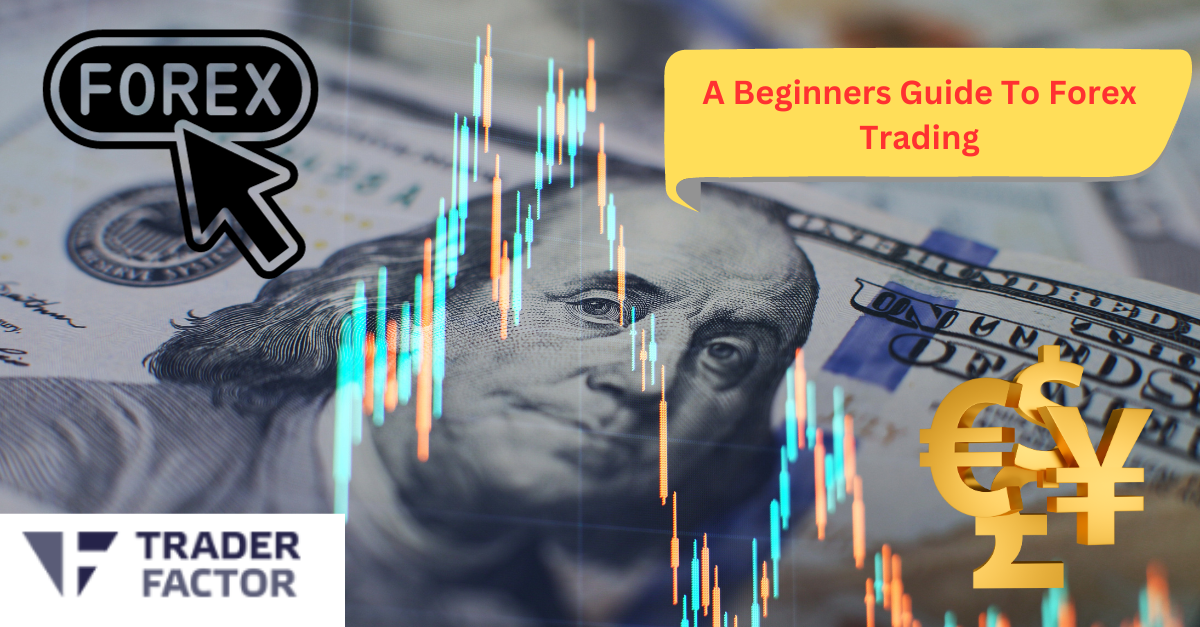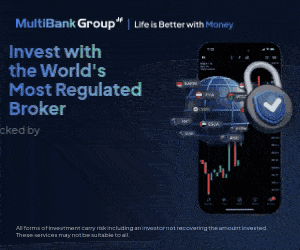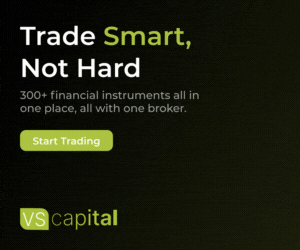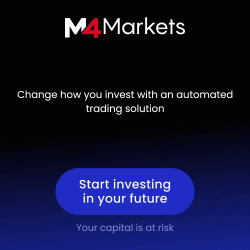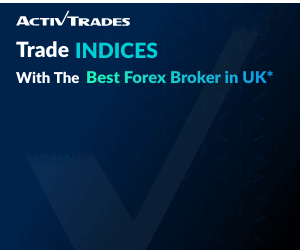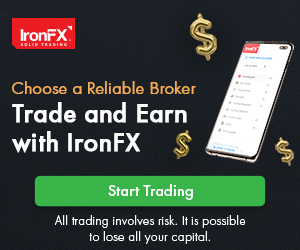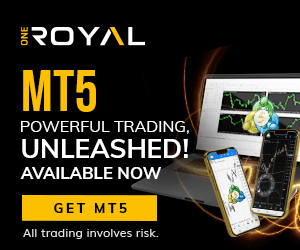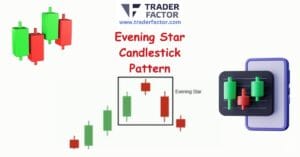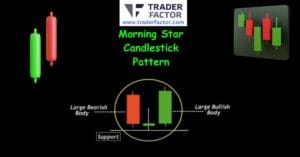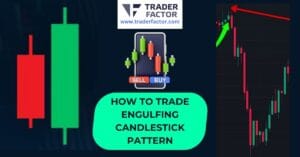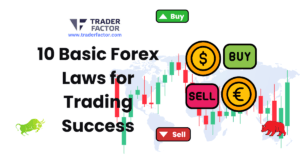Let us start from the beginning and go through the essential information you need to know before you get involved in online trading with a forex broker. Guide to Forex Trading:
Suppose you want to go on a trip abroad! You will need some local currency. You can sell US dollars and buy euros, pounds, or Japanese yen at a Currency Exchange Booth (CEB) or bank branch office.
However, if this isn’t an option, then there are plenty of online options, such as ActivTrades Forex Broker Trading Platforms, where people trade one foreign currency against another all day long.
When you are done, it means that your trading experience has ended. You have already participated in foreign currency trading but not for a profit rather than the need to use local currencies while visiting other countries or continents where they use their preferred unit, such as Euro instead Canadian Dollar ( EUR).
Table of Contents
ToggleWhat Is A Forex Market?
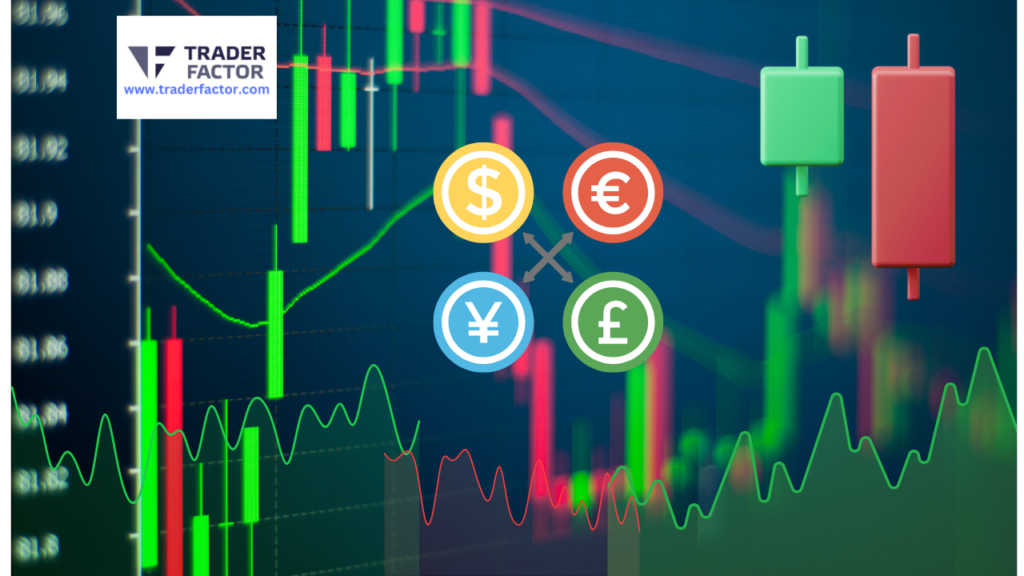
The Forex market has always been one of the most popular and biggest in the world. It’s so big that it outcompetes other major exchanges like New York Stock Exchange (NYSE), the Tokyo Stock Exchange, and the London Stock Exchange. Early 90’s, only large institutions could trade due to initial requirements being 10 – 50 million dollars but now anyone above 18 years old can participate thanks to online platforms such as Alchemy Markets with low fees making trading accessible for everyone.
What is Traded At The Forex Market
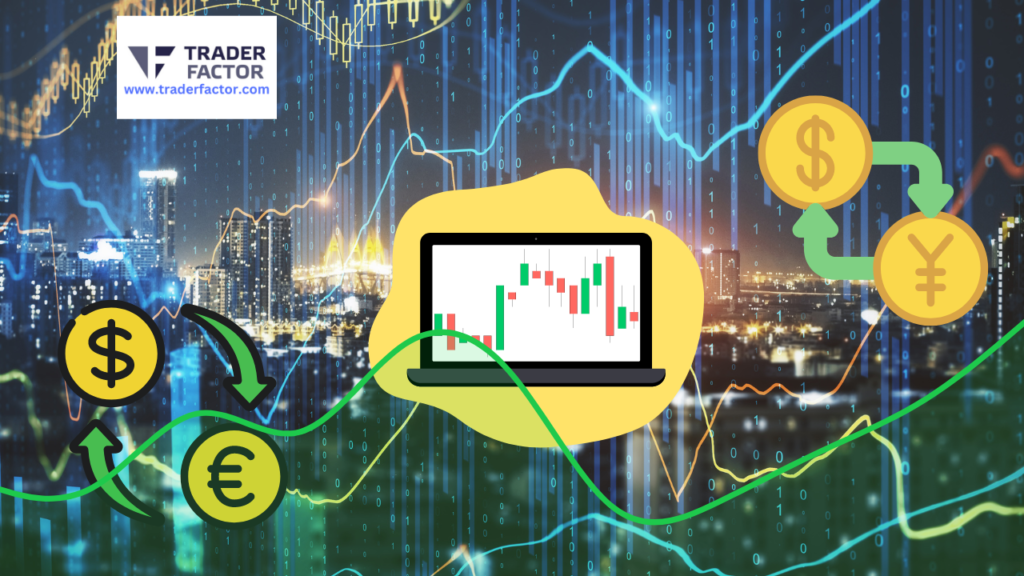
The forex market is the market where currencies are traded. Currencies are essential to most people around the world, whether they realize it or not, because currencies need to be exchanged to conduct foreign trade and business. The forex market is the world’s largest and most liquid market, with an average daily trading volume of more than $5 trillion.
Two main types of currencies are traded on the forex market: major currencies and minor currencies. The major currencies are the most commonly traded currencies in the world and include the US dollar, the euro, the Japanese yen, the British pound, and the Swiss franc.

The minor currencies are less commonly traded but still make up a significant portion of the forex market activity. These include currency pairs such as the Australian dollar/Japanese yen, the New Zealand dollar/US dollar, and the Canadian dollar/Japanese yen.
Most forex trading occurs on margin accounts, allowing traders to leverage their capital by borrowing money from their broker. This allows traders to make big profits – or big losses – depending on how well their trades execute.
The best time to trade in the forex market is when it is most active because there will be more movement in currency pairs and, therefore, more profit opportunities.
The forex market is active 24 hours a day during weekdays, but there are certain times when it experiences more activity than others. For example, trading activity tends to pick up when both London and New York – two of the largest financial centres in the world – are open for business.

Anyone who wants to start trading in the forex market must open a brokerage account with a licensed broker offering online trading platform access. From there, they must fund their account and begin placing trades.
It is also important for potential traders to educate themselves about how the forex market works before they start trading. There are a lot of risks involved in forex trading, and proper education can help minimize that risk.
What are Major Currency Pairs In A Forex Market
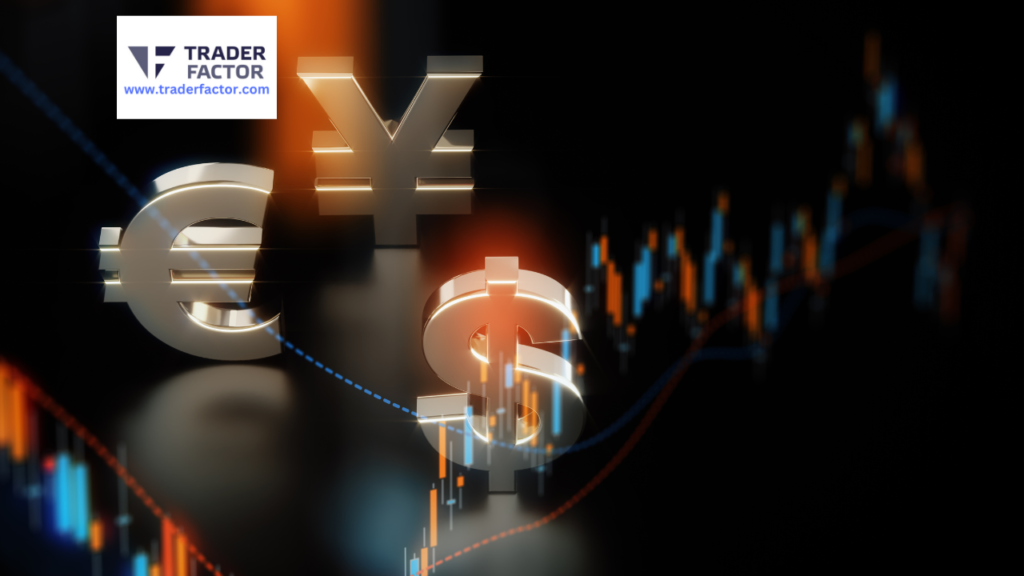
Major currency pairs are the most traded and liquid currency pairs in the forex market. They are considered to be the most predictable and offer the tightest spreads. The major currency pairs are EUR/USD, USD/JPY, GBP/USD, AUD/USD, NZD/USD, USD/CHF, and USD/CAD.
These currency pairs all involve the US dollar, which is the world’s reserve currency. The EUR/USD is the most traded currency pair in the world and offers low transaction costs and tight spreads. The USD/JPY is also a popular choice for traders, as it is highly liquid and tends to be very volatile. The GBP/USD is another popular pair, as it offers a large degree of liquidity and volatility.

The AUD/USD and NZD/USD are both commodity currencies, so they tend to be more volatile than other major pairs. The USD/CHF is considered to be a safe haven currency, as it benefits from global economic uncertainty. The USD/CAD is also a popular choice for traders looking for stability in their portfolios.
Why are Currencies Traded in A Forex Market? Guide To Forex Trading
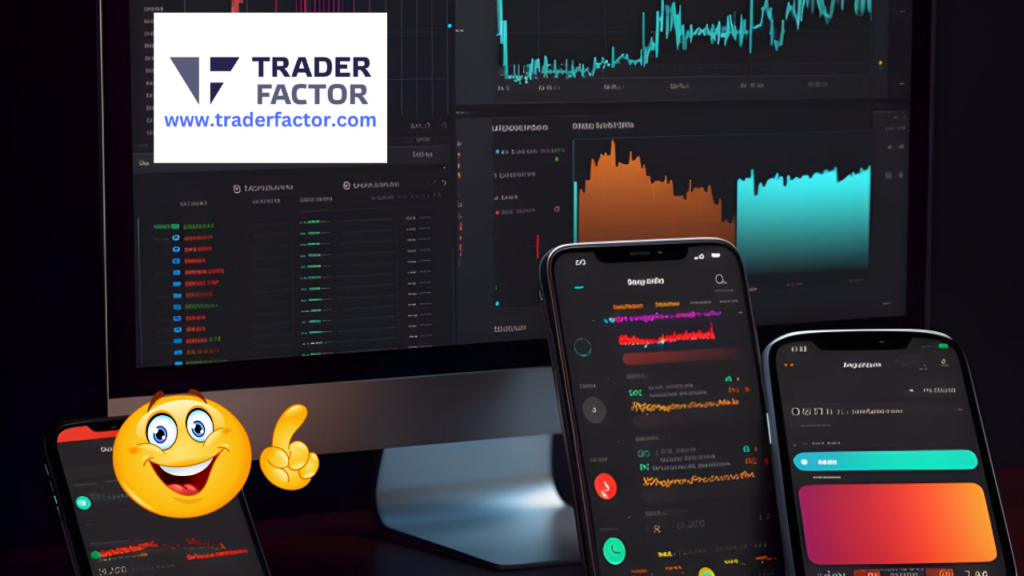
Foreign exchange, or forex, is the conversion of one currency into another. It is the world’s largest and most liquid market, with average traded values that can be trillions of dollars per day. It includes all buying, selling, and exchanging currencies at current or determined prices.
In terms of trading volume, it is by far the largest market in the world. The main participants in this market are the larger international banks. Financial centres around the world function as anchors of trading between a wide range of different types of buyers and sellers around the clock, with the exception of weekends.

The foreign exchange market does not determine the relative value of different currencies but sets the current CoT for any given currency pair. Currency trading occurs on currency pairs, which are two currencies with a known rate of exchange between them. The majors are currency pairs that don’t involve USD.
The minors are currency pairs that involve USD. The most traded currency pair is EURUSD. Other important currency pairs include GBPUSD, AUDUSD, NZDUSD, USDCAD, USDJPY, USDCHF, and USDSGD. There are many other currency pairs that are also traded, including emerging market currency pairs.
What are Minor Currency Pairs In A Forex Market?
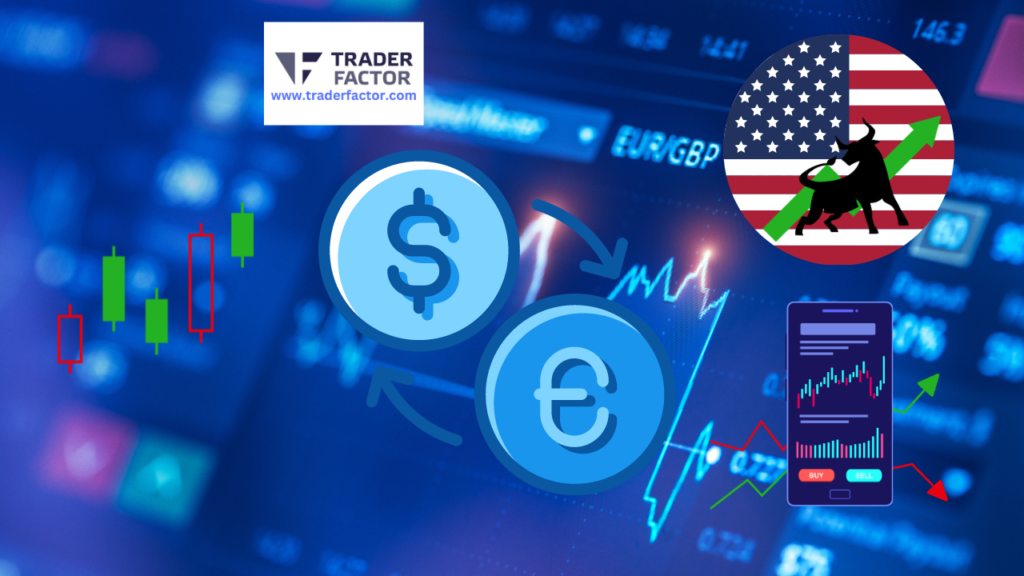
Forex markets are a network of financial institutions and money traders that trade currencies for other assets, such as other currencies, equities, or commodities.
Currencies are always traded in pairs – one currency is being bought while another is being sold – and are typically quoted against the major currencies. The eight most actively traded currency pairs in the Forex market are the majors, while all other currency pairs are considered minors.
Minor currency pairs account for a small fraction of the overall Forex market turnover and typically consist of less popular or emerging market currencies. These currency pairs tend to be more risky and volatile than the majors, making them more attractive to specific traders looking to capitalize on price movements.

However, because they are less liquid than the majors, minors can also be more challenging to trade. Ultimately, whether or not a currency pair is considered major or minor depends on its liquidity and trading volume.
Pairs that you do not see the U.S. dollar are called “Minors” or, as some would call them “, Crosses”. The most widely traded Minor Crosses are the EUR, JPY, and GBP, considered the three non-USD currencies.
Who are the Main Forex Market Participants?
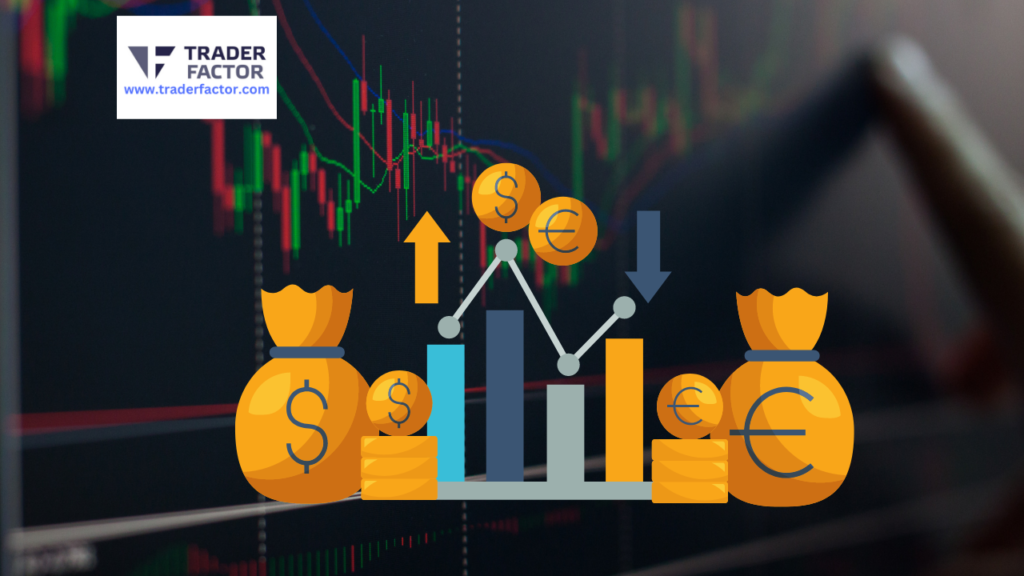
The Forex market is decentralized, with trading happening 24 hours a day, five days a week. Unlike other financial markets, there is no central Forex exchange. Instead,
Forex trading happens through a network of banks, commercial companies, central banks, investment management firms, hedge funds, and retail investors. Because the Forex market is so vast and complex, the Main participants can be divided into four categories: central banks, commercial companies, institutional investors, and retail investors.
Central Banks
Central banks are the most important Forex market participants. They include the US Federal Reserve, the European Central Bank, and the Bank of Japan.
These institutions manage their country’s monetary policy and intervene in the Forex market to stabilize their currency’s value. For example, if a country’s currency is experiencing inflationary pressures, the central bank might sell it to lower its value and reduce inflation.

Commercial Companies
Commercial companies are another large category of Forex market participants. These firms engage in international trade, denominating imports and exports in different currencies.
To minimize Exchange rate risk, commercial companies will often use hedging strategies. For example, a company that expects to receive payment in Euros six months from now might buy Euros on the open market today to lock in today’s Exchange rate.
Institutional Investors
Institutional investors are another essential category of Forex market participants. These firms include investment banks, insurance companies, pension funds, and hedge funds. Institutional investors typically trade large sums of money and use leverage to magnify their returns.
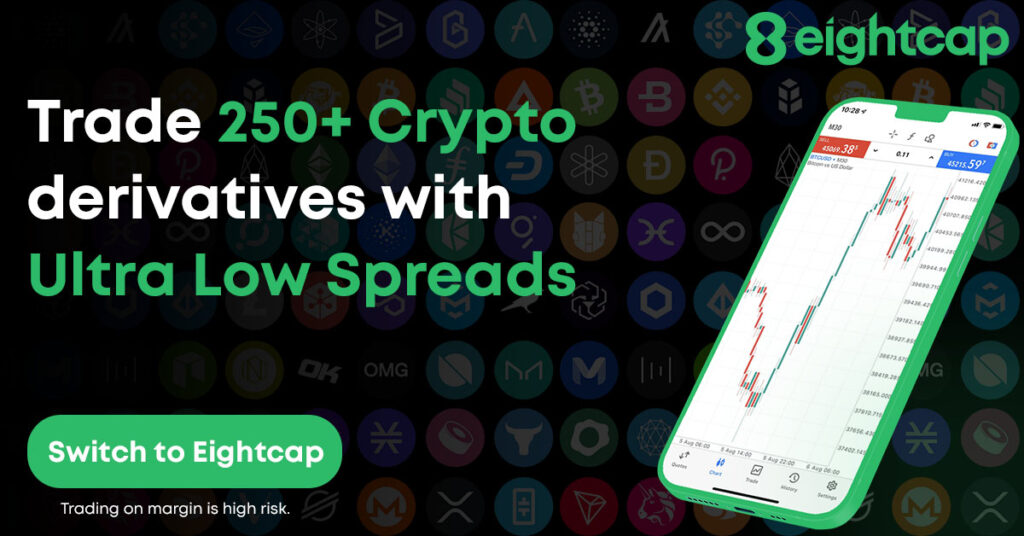
For example, an institutional investor might buy $10 million worth of Euros with only $1 million of their own money by borrowing the rest from a bank. This allows them to make a more significant profit if the Euro appreciates against the dollar but also exposes them to more risk if the Euro declines in value.
Retail Investors
Retail investors are individuals who trade for themselves or on behalf of smaller institutions such as family offices or small hedge funds. Retail investors typically trade through online brokers such as Eightcap Forex Brokers and have much less capital than institutional investors.
Nevertheless, retail investors can still significantly impact the Forex market due to their collective numbers and willingness to take on risk.
How Do You Make Money In A Forex Market?
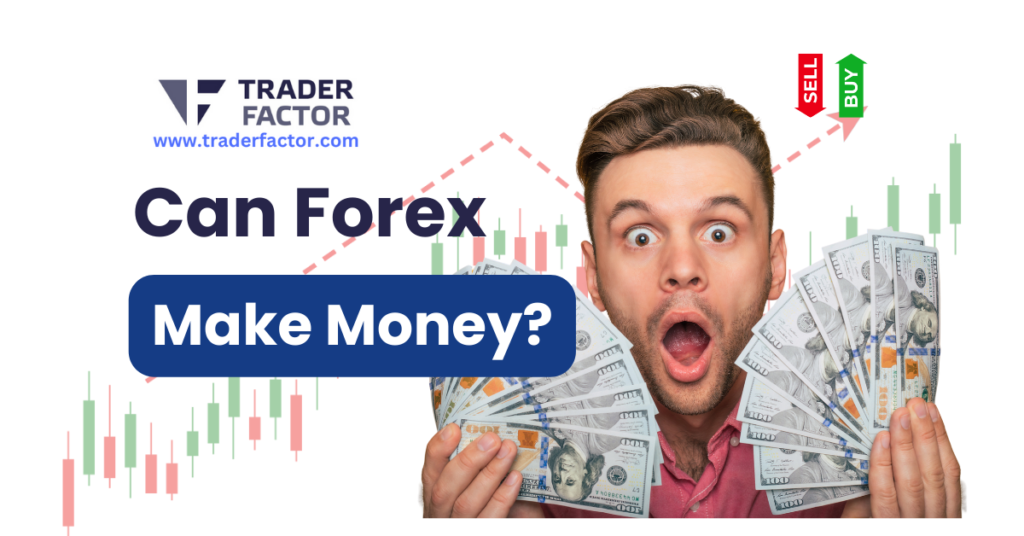
The Forex market is a great way to make money. There are many different ways to do this, and the options are almost endless. However, the most important thing to remember is that you need to start with a good foundation. This means having a solid understanding of the Forex market and how it works.
Once you have this knowledge, you can begin to research different ways to make money in the Forex market.
Some of the most common methods include;
- Day trading
- Swing trading
- Scalping
Each of these has its own advantages and disadvantages, so it’s important to choose the one that best suits your needs and preferences. With a little bit of effort, you can definitely start making money in the Forex market.

Example
The idea of Forex trading is to exchange one currency for another in the expectation that the price will change so that the currency you bought will increase in value compared to the one you sold.
How to Read a Forex Quote
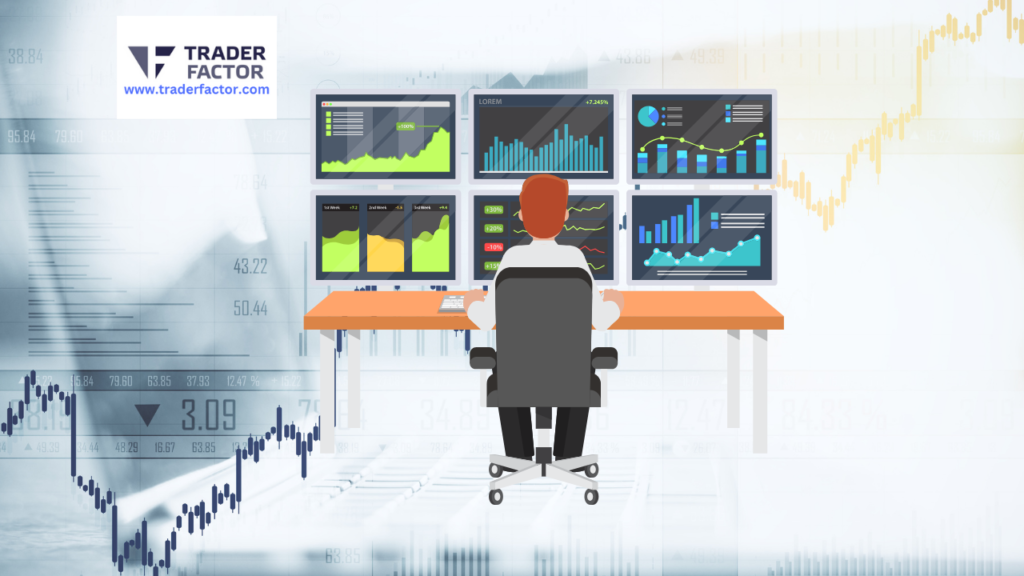
When trading forex in any of the forex brokers such as Exante, you’ll soon realize that Forex market quotes are shorthand ways of expressing the prices of various currencies.
A Forex market quote will typically look something like this: EUR/USD 1.3345. The first currency is known as the base currency, while the second is known as the quote currency. In our example, EUR is the base currency, and USD is the Quote currency.
The number following the pair is known as the exchange rate. In our example, 1.3345 means that one euro is worth 1.3345 US dollars. Forex market quotes are always given in pairs because you are effectively buying one currency while selling another.
When reading Forex market quotes, it is essential to remember that the exchange rate represents how much of the Quote currency you will get in return for one unit of the base currency. Therefore, in our example, a 1% increase in the EUR/USD exchange rate would mean that one euro could now buy 1.3390 US dollars instead of 1.3345 US dollars.

Conversely, a 1% decrease in the EUR/USD exchange rate would mean that one euro would now buy 1.3299 US dollars instead of 1.3345 US dollars. When reading Forex market quotes, it is also important to pay attention to the units being used. Most Forex market quotes are quoted in “mini-lots” or “micro-lots.”
A mini-lot represents 10,000 units of currency, while a micro-lot represents 1,000 units of currency. In our example, a mini-lot of EUR/USD would be worth 10,000 euros, and a micro-lot would be worth 1,000 euros.
Finally, it is important to remember that Forex market quotes are always given in real-time and they can change rapidly in response to economic news or events. For this reason, it is important to have access to real-time Forex market quotes before making any trades.
What are Shares In A Stock Market?
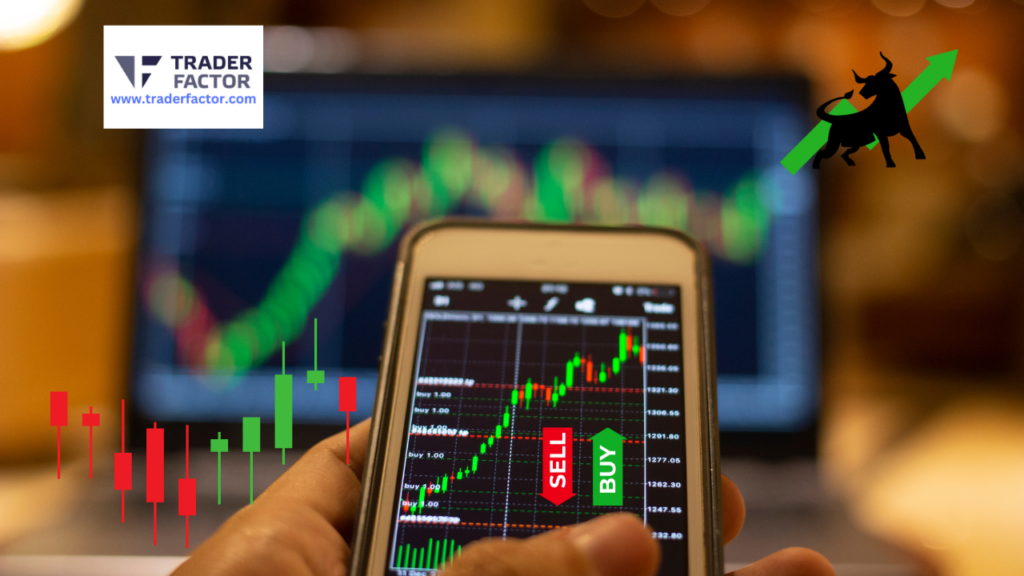
Shares are units of ownership interest in a corporation or financial asset that provide for an equal distribution of any profits, should there be any, made by the corporation or financial asset. In the forex market, shares are often bought and sold in bulk as part of forex trading.
Forex traders buy shares to speculate on the future value of a currency. Shares can be bought through forex brokers who offer forex trading accounts that allow forex traders to buy and sell forex shares.

Forex shares are also known as stock market shares. Forex traders who buy shares do so with the hope of earning dividends, which are payments made by a company to its shareholders from its profits. Dividends are usually paid out quarterly.
Forex traders receive dividends in the form of cash or additional forex shares.
What are Indices In A Forex Market?
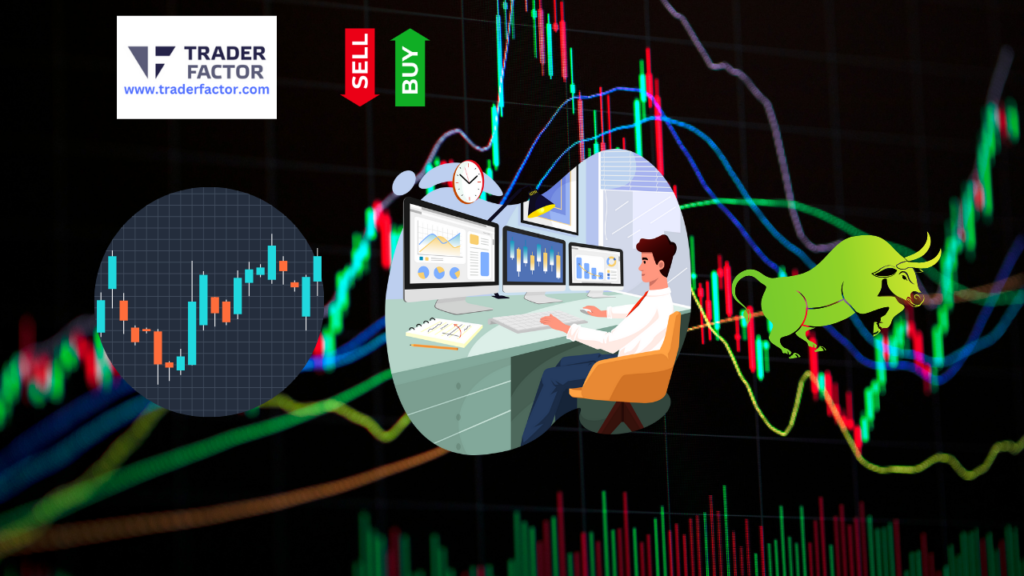
A forex market index is a statistical measure indicating how a particular currency performs against other currencies. Indices are created by combining the prices of multiple forex pairs and then comparing them to a reference point, such as a basket of currencies or an exchange rate.
Traders often use forex indices to gauge the market’s overall direction, identify potential trading opportunities, and assess the risk involved in a particular trade.
Many different forex indices are available, and each can provide valuable information to traders. As such, it is important to select the right forex index for your trading strategy.
Therefore, an Index is nothing more than a list of stocks, combined in one watchlist.
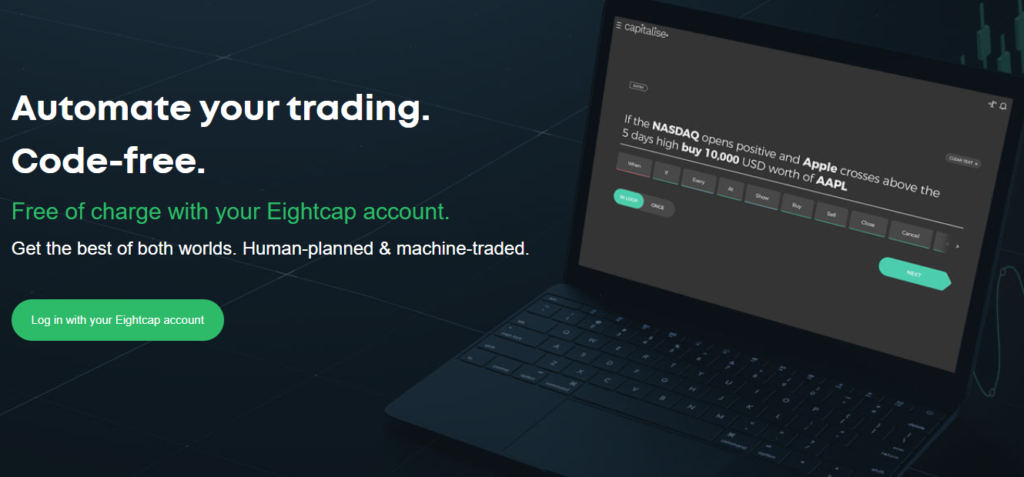
History Of Indexes
Mr. Charles Dow created the first and, consequently, most widely known index in May 1896. At that time, the Dow index contained 12 of the largest public companies in the U.S. Today, the Dow Jones Industrial Average (DJIA) includes 30 of the largest and most influential companies in the U.S.
Instead of owning just some shares in one company, when you BUY some contracts, for example, five contracts of the S&P 500, then you own a piece of all the 500 companies in the S&P 500. Ideally, a change in the price of an index represents a precisely proportional change in the stocks included in the index.
Most indexes weigh companies based on market capitalization. If a company’s market cap is $1,000,000 and the value of all stocks in the index is $100,000,000, then the company would be worth 1% of the index.
All major countries have an index that represents their stock exchange.

Each index has its own calculation methodology and is usually expressed as a change from a base value.
The index may be weighted to reflect the market capitalization of its components or a simple index that merely represents the net change in the prices of the underlying instruments.
What are Commodities In A Forex Market?
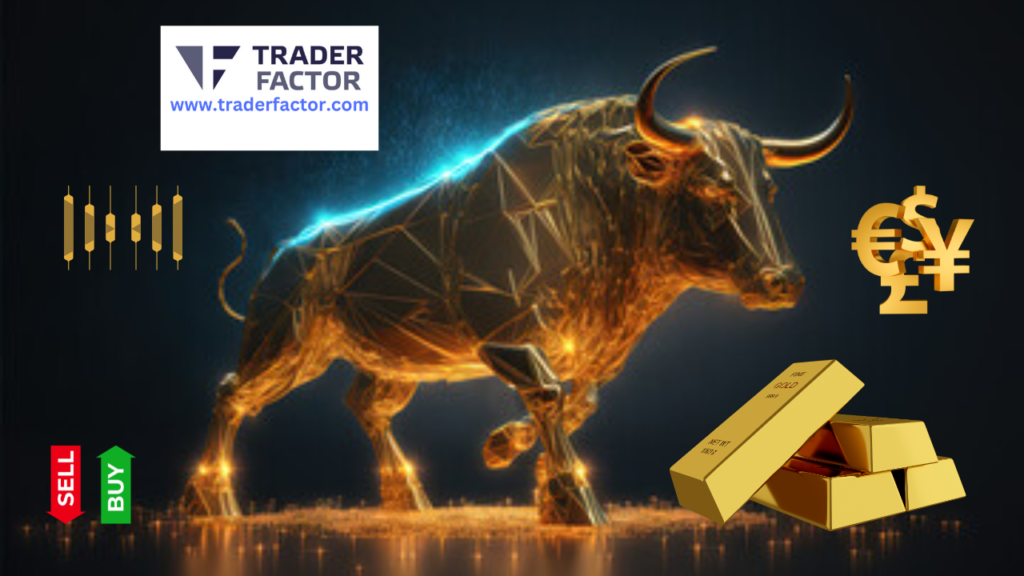
When trading commodities in the forex market, including forex brokers like DeltaStock, it’s essential to remember that commodities are physical goods that can be bought and sold. Commodities include oil, gold, and silver. In the commodities market, commodities are traded between two parties: the buyer and the seller.
The buyer agrees to pay the seller a certain amount of money for the commodity, and the seller agrees to deliver the commodity to the buyer later.
When trading commodities in the forex market, there are a few things to remember. First, commodities are physical goods, so they can be subject to supply and demand conditions.

For example, if there’s high demand for oil but a low supply, prices will go up. Similarly, if there’s a low demand for gold but a high supply, prices will go down.
Secondly, commodities are traded between two parties: the buyer and the seller. The buyer agrees to pay the seller a certain amount of money for the commodity, and the seller agrees to deliver the commodity to the buyer later.

Thirdly, commodities are often traded on margin. This means that you only have to pay a fraction of the total value of the trade upfront; the rest is borrowed from your broker. Margin trading can be risky but can also magnify your profits (or losses).
Finally, keep in mind that commodities are subject to volatile price swings. This means that prices can go up or down very quickly, and it’s essential to have a solid risk management strategy in place before you start trading commodities.
Commodities In A Forex Market Are Classified Into Four Types
What is Commodity Trading In A Forex Market?
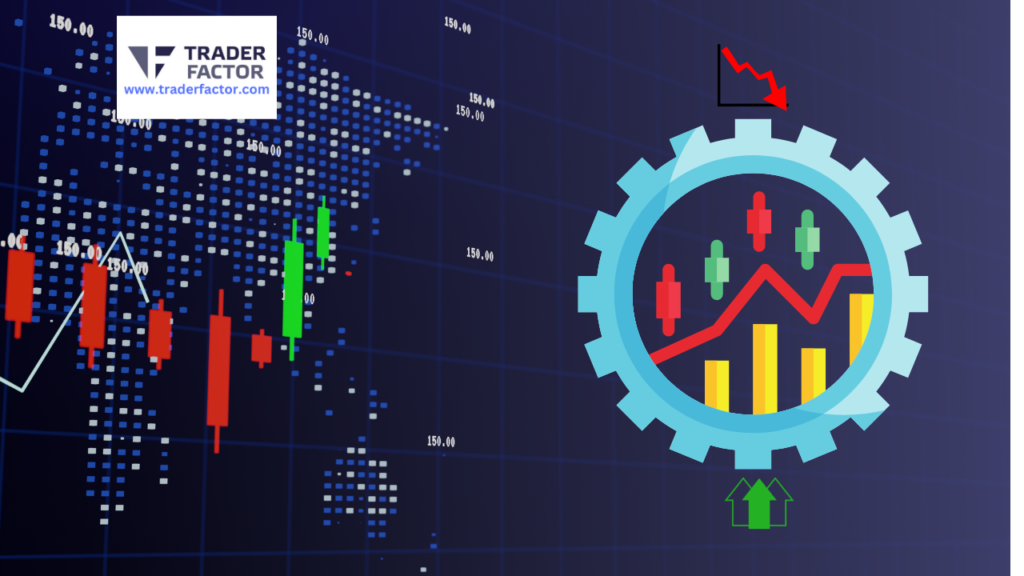
Trading commodities in the forex market is a way to speculate on the price movements of commodities without having to take physical ownership of the underlying asset. When trading commodities in the forex market, you are essentially betting on the price movements of commodities such as oil, gold, or silver.
The forex market is a 24-hour market, and commodities can be traded both long and short. Commodity prices are affected by a variety of factors, including weather, geopolitical events, and inflation.
When trading commodities in the forex market, you need to be aware of these various factors in order to make informed trading decisions.
Spot, Forward or by Futures Contracts
Commodity Trading is done either on Spot, Forward or by Futures contracts.

Spot Trading
Spot trading is any transaction where the delivery takes place immediately and at the negotiated price now.
Forward Contract
A forward contract is an agreement between two parties to exchange at some fixed future date a given quantity of a commodity for a price defined today. The fixed price today is known as the forward price.
Futures Contract
A futures contract has the same general features as a forward contract but is transacted through a futures exchange. Before, there were agreements to buy now, pay, and deliver later.
In essence, a futures contract is a standardized forward contract in which the buyer and the seller accept the terms in regard to product, grade, quantity, and location and are only free to negotiate the price.
What is Spread In A Forex Market?
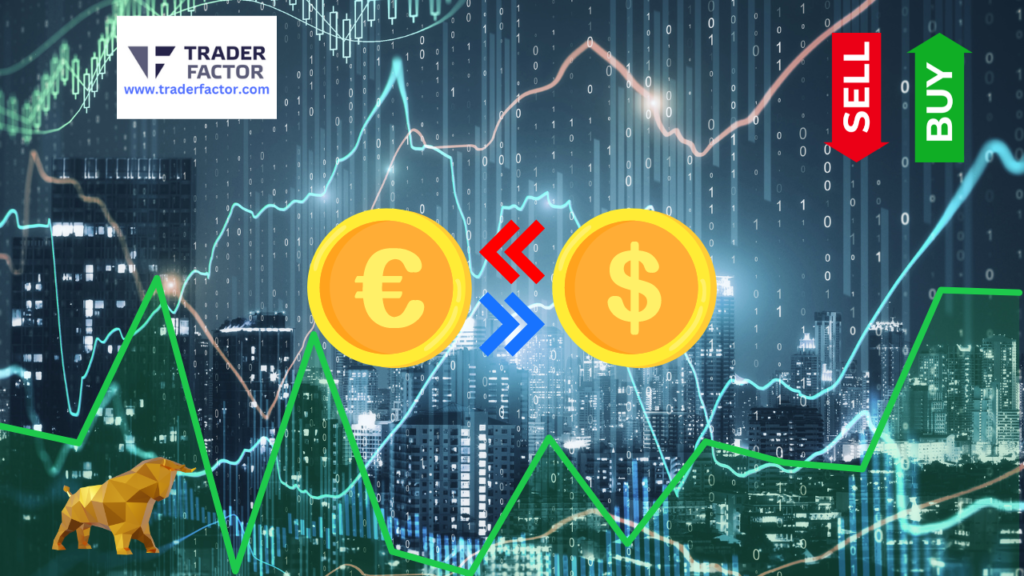
When trading the markets, you will always see the spread in the middle between the ASK and BID prices. It is in your best interest to ensure it is as low as possible before executing a trade, as this money goes out of your pocket.
Every time you BUY or SELL, you will pay a spread. This is how Forex Brokers make money.
If a broker advertises that they have 0.0 pips spreads, they will charge you a commission when entering and exiting a trade. The spread always stays around the price the Forex broker pays. So when you buy, you get one end of the spread; when you sell, you get the other end of it, and vice versa.

By closing your trade, you will have always paid the spread. In any market in equilibrium, there will generally be a difference between the best-quoted ask price and the best-quoted bid price.
What is BID and ASK Price In Forex Market Trading?
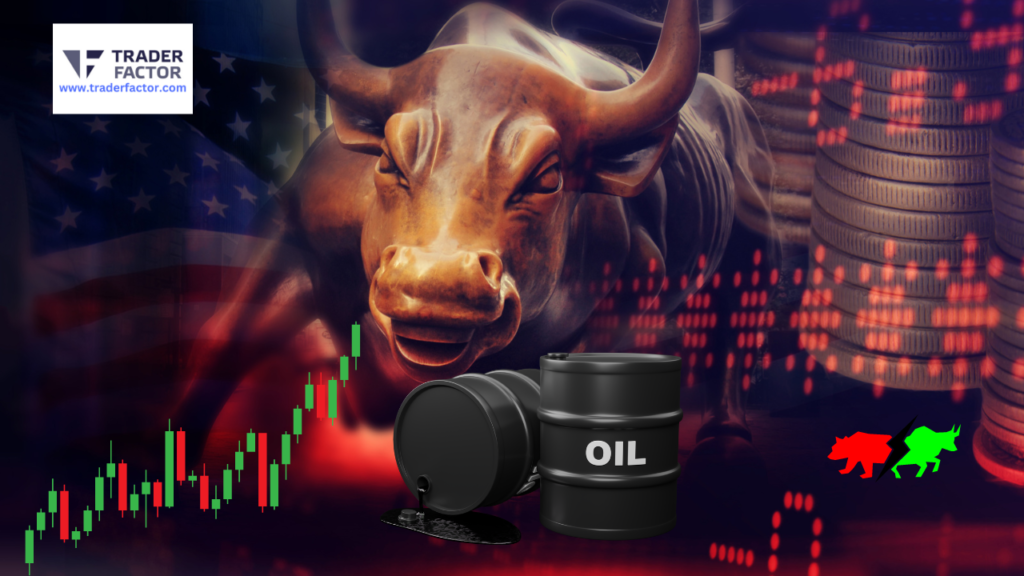
The ASK is the price at which your broker will sell the base currency in exchange for the quote currency. This means the ASK price is the best available price you will buy from the market.
What you see between the ASK and BID prices is the Spread.
What is Price Mechanism In Forex Market Trading?

The price mechanism is an economic term. It refers to buyers and sellers who negotiate prices of goods or services depending on Demand and Supply. It is a market-based mechanism that matches the Buyers and Sellers through price rationing.
When investors engage in a trade, the Buyer will announce a price he is willing to pay (the BID price), and the Seller will announce a price he is ready to accept (the ASK price).
What is Supply and Demand In Forex Market Trading?

If the desire for goods increases while their availability decreases, then the price rises.
If the desire for goods decreases while their availability increases, then the price comes down.
Supply and demand is an economic model of price determination in a market. It concludes that in a competitive market, the unit price for a particular good will vary until it settles at a point where the quantity demanded by consumers (at the current price) will equal the amount supplied by producers (at the current price), resulting in an economic equilibrium of price and quantity.
Customize your trades with cutting-edge widgets, trading apps, and charts
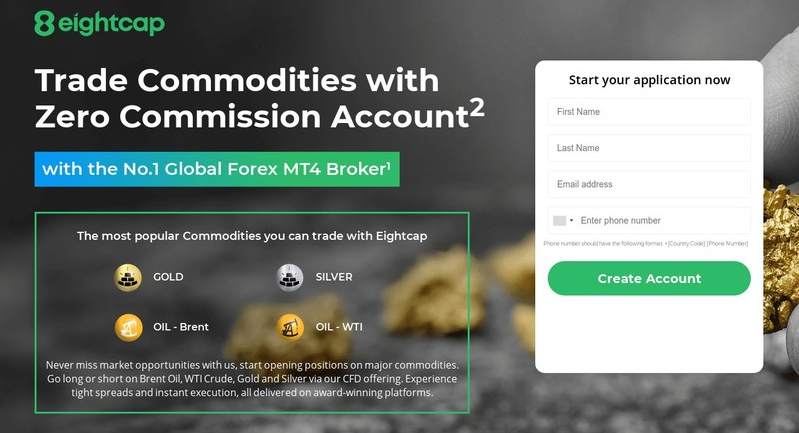
The Four Basic Laws of Supply and Demand in a Forex Market Are:
- If demand increases and supply remains unchanged, it leads to a higher equilibrium price and quantity.
- If demand decreases and supply remains unchanged, it leads to a lower equilibrium price and quantity.
- If supply increases and demand remains unchanged, it leads to lower equilibrium prices and higher quantity.
- If supply decreases and demand remains unchanged, it leads to higher prices and lower quantity.
What is a Contract for Difference (CFD) In Forex Market Trading?
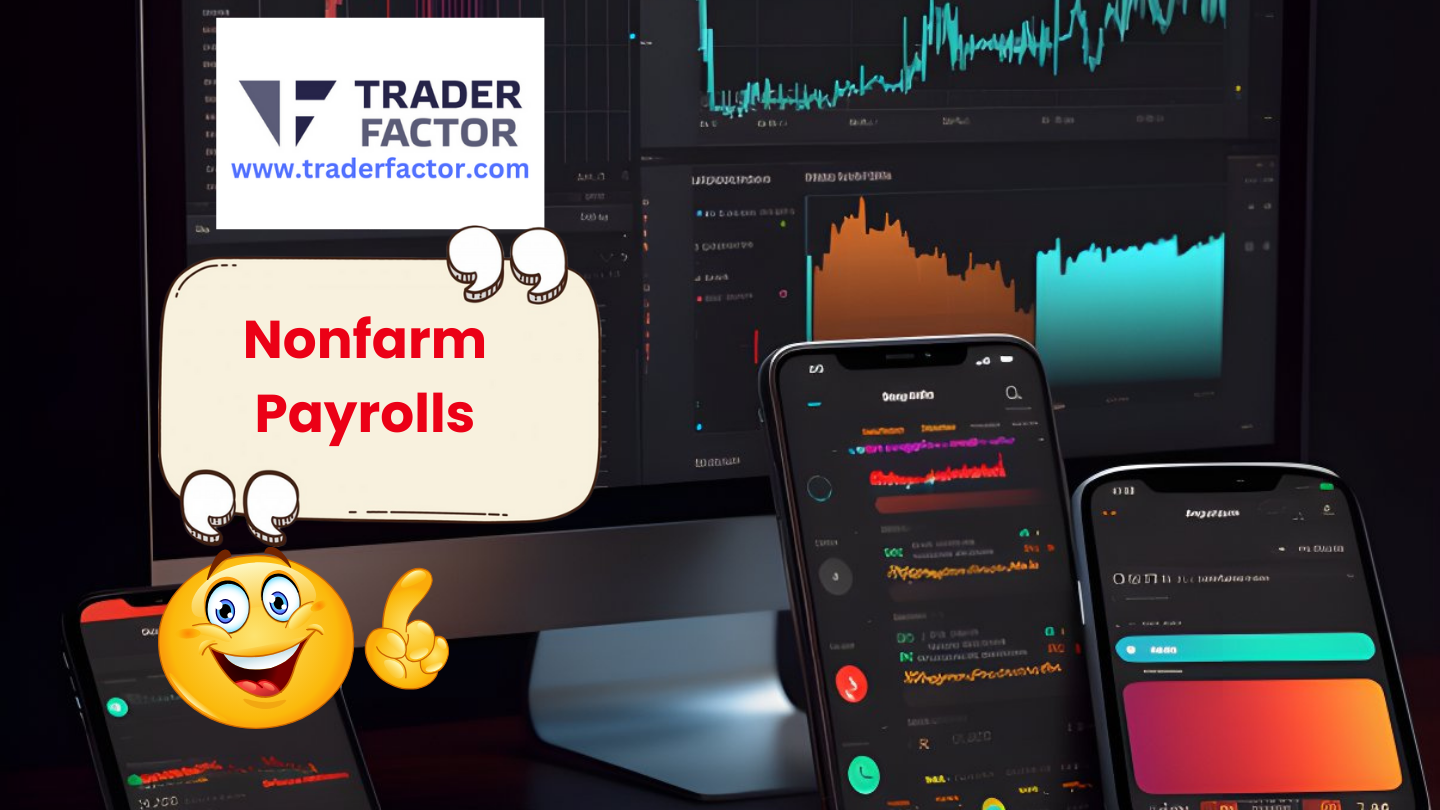
In finance, a contract for difference (or CFD) is a contract between two parties, typically described as “buyer” and “seller”, stipulating that the buyer will pay the seller the difference between the current value of an asset and its value at contract time. (If the difference is negative, the seller pays the buyer instead.)
In effect, CFDs are financial derivatives that allow traders to take advantage of prices moving up (long positions) or prices moving down (short positions) on underlying financial instruments and are often used to speculate on those markets.

For example, when applied to equities, such a contract is an equity derivative that allows traders to speculate on share price movements without the need to own the underlying shares.
In the late 1990s, CFDs were first introduced to retail traders. They were popularized by several UK companies, whose offerings were typically characterized by innovative online trading platforms that made it easy to see live prices and trade in real-time.
Later retail traders realized that the real benefit of trading CFDs was not the exemption from stamp tax but the ability to trade on leverage on any underlying instrument.
This was the start of the growth phase in the use of CFDs. The CFD providers quickly responded and expanded their product offering from shares to include indices, many global stocks, commodities, bonds, currencies, and cryptos.

Trading index CFDs in Forex
Trading index CFDs, such as the ones based on the major global indexes, e.g., Dow Jones, NASDAQ, S&P 500, FTSE, DAX, and CAC, quickly became the most popular type of CFD were traded.
The CFD is started by opening a trade on a particular instrument with the CFD provider. This creates a ‘position’ in that instrument.
The CFD provider may take some charges as part of the trading or the open position. These may include bid-offer spread, commission, overnight swap, and account management fees.
Even though the CFD does not expire, any positions left open overnight will be ‘rolled over’ (interest swap rate). This typically means that any profit and loss are realized and credited or debited to the client account, and any financing charges are calculated. The position then carries forward to the next day.
CFDs are traded on margin, and the trader must maintain the minimum margin level. A typical feature of CFD trading is that profit and loss and margin requirement is calculated constantly in real-time and shown to the trader on screen.
If the amount of money deposited with a CFD broker drops below the minimum margin level, margin calls can be made. Traders may need to cover these margins quickly; otherwise, the CFD provider may liquidate their positions.
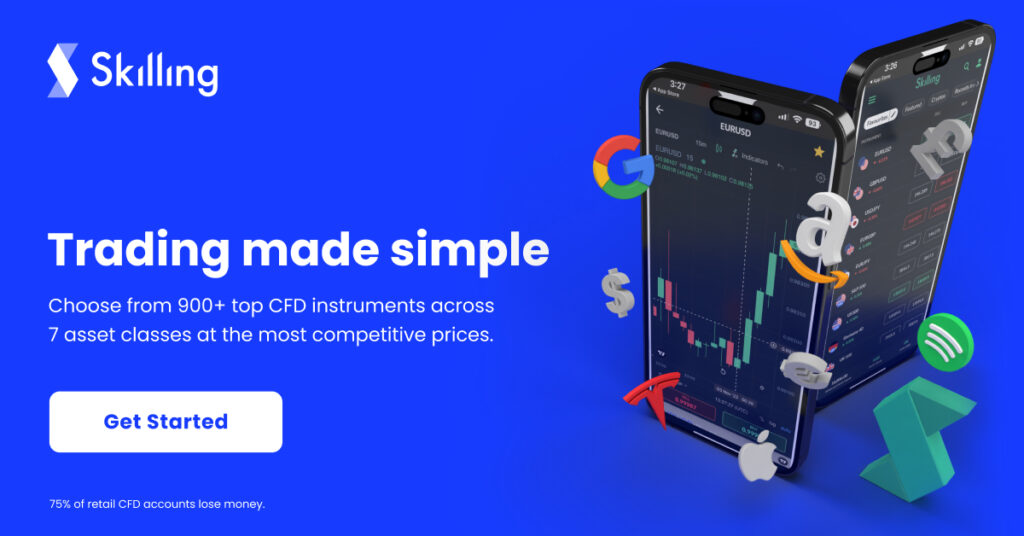
“Margin Trading” and “Derivatives Trading” In Forex Trading
CFD trading is called “Margin Trading” and “Derivatives Trading.”
Investors use derivatives to provide leverage, such that a small movement in the underlying value can cause a large difference in the value of the derivative.
Also, to speculate and make a profit if the underlying asset’s value moves the way they expect.
Or to hedge or mitigate risk in the underlying by entering into a derivative contract whose value moves in the opposite direction to their underlying position and cancels part or all of it out.
What is Long and Short In Forex Market Trading?

Long and short positions refer to the buying and selling of currency pairs. A long position is one in which a trader buys a currency pair in the expectation that it will appreciate in value, while a short position is when a trader sells a currency pair in the expectation that it will depreciate in value.
If you want to buy a currency (which means buy the base currency and sell the Quote currency), you want the base currency to rise in value, and then you would sell it back at a higher price. In trader’s talk, this is called “going long” or taking a “long position.” Just remember: long = buy.
If you want to sell (which means sell the base currency and buy the quote currency), you want the base currency to fall in value, and then you would buy it back at a lower price. This is called “going short” or taking a “short position.” Just remember: short = sell.

When a trader is ‘long,’ he/she wins when the price increases and loses when the price decreases.
When a trader is ‘short,’ he/she wins when the price decreases and loses when the price increases.
The long and the short of it is that: buyers are referred to as the long, and sellers are referred to as the short.
What is Leverage In Forex Market Trading?
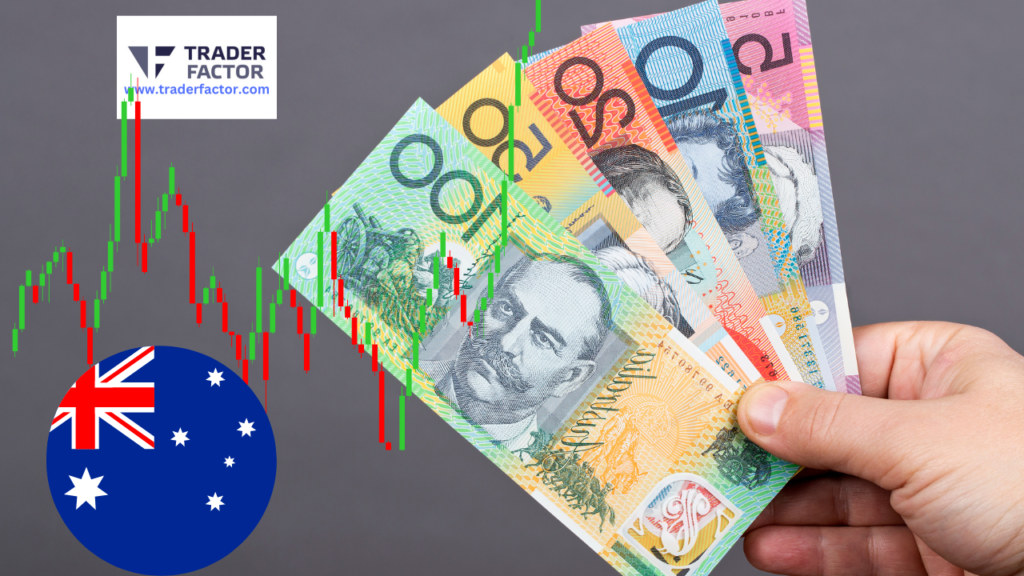
In finance, leverage is a general term for any technique to multiply gains and losses. Common ways to attain leverage are borrowing money, buying fixed assets, and using derivatives.
You will often see online CFD & Forex brokers offering different leverage depending on their Regulations, Licensing, Account types, and markets they operate in.
In Forex trading, a small deposit can control a much larger total contract value. Leverage gives the trader the ability to make nice profits and at the same time, keep risk capital to a minimum.
For example, if a broker gives you 1:100 leverage, a $100 margin deposit would enable a trader to buy or sell $10.000 worth of currencies. Similarly, with $500, a trader could trade with $50.000, and so on.
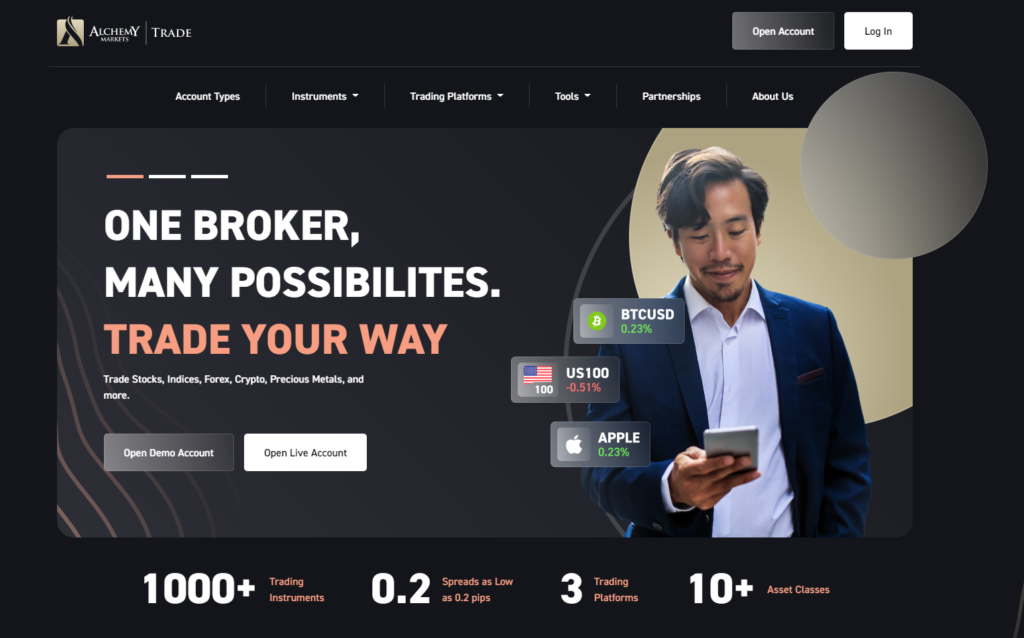
In Forex, investors use leverage to profit from the exchange rate fluctuations between two countries. The leverage achievable in the Forex market is among the highest investors can obtain. Leverage is a loan provided to an investor by the broker handling his Forex account.
This enables a trader to buy/sell a regular trading lot size of 100 000 units, where the pip value is $10, and a 100 pips movement would mean a $1000 profit or loss.
What is Margin In Forex Market Trading?
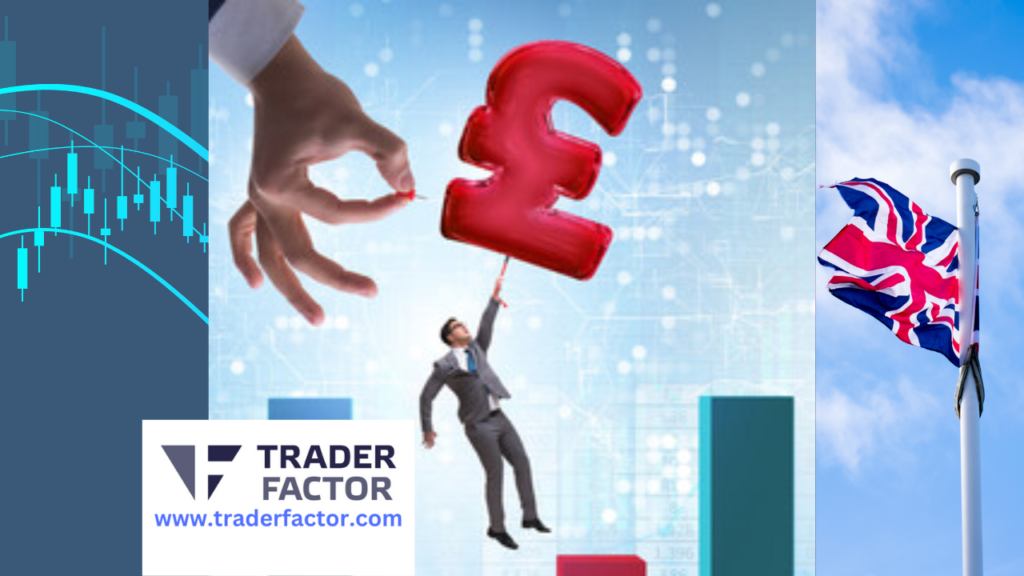
In finance, a margin is collateral that the holder of a financial instrument has to deposit to cover some or all of the credit risk of their Forex Broker or the exchange. The collateral can be in the form of cash or securities and deposited in a margin account.
The initial margin requirement is the amount required to be collateralized to open a position. Thereafter, the amount needed to be kept in collateral until the position is closed is the maintenance requirement.
The maintenance requirement is the minimum amount to be collateralized to keep an open position. It is generally lower than the initial requirement. This allows the price to move against the margin without forcing a margin call immediately after the initial transaction.

On instruments determined to be especially risky, however, the regulators, the exchange, or the broker may set the maintenance requirement higher than usual or equal to the initial condition to reduce their exposure to the risk accepted by the trader.
What is a Margin Call In Forex Market Trading?
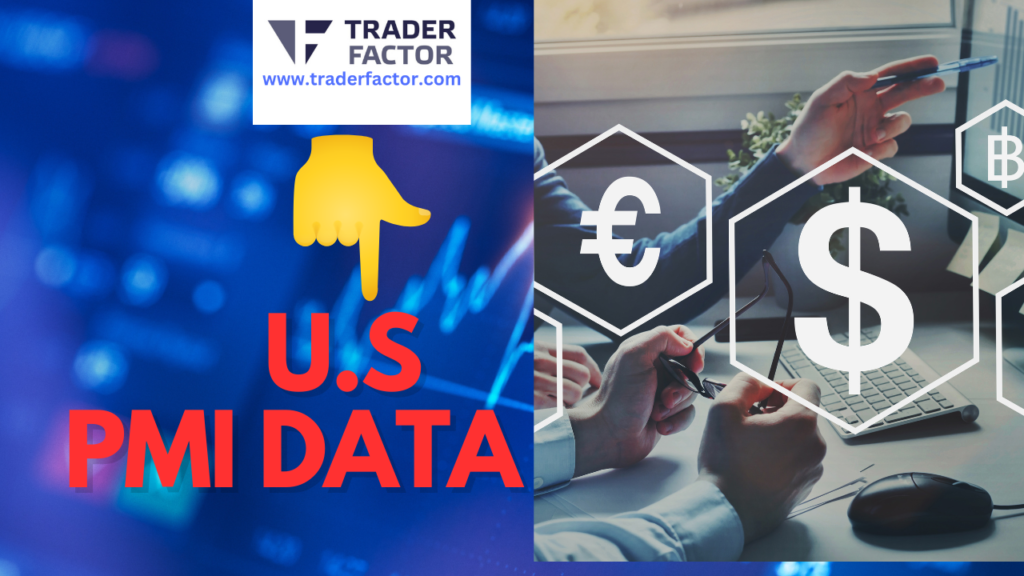
Let’s hope you never experience such calls.
When the margin posted in the margin account is below the minimum margin requirement, the broker or exchange issues a margin call. The investors must either increase their deposited margin or close out their position.
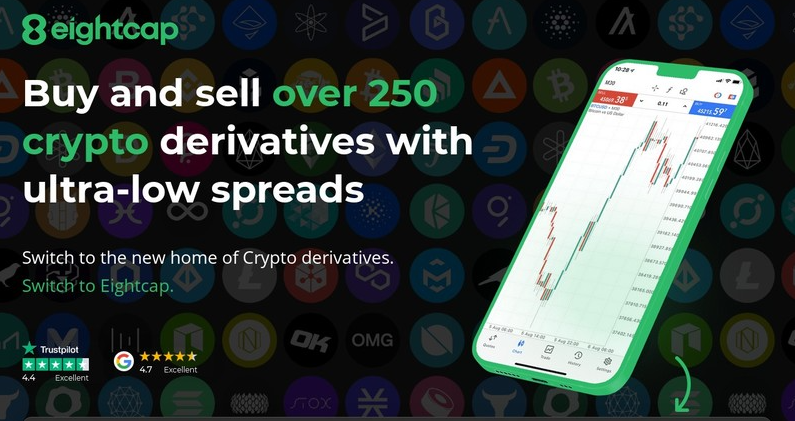
Don’t forget that a 1% Margin would mean that if you have a trading account with 1000 EUR, then if the leverage is 1:100, you can open a position with 100,000 EUR x 0.01 or x 1%=1000EUR
1000 EUR will be the funds blocked as a margin requirement to keep that position open. So in the trading platform, you can see that blocked 1000 Eur in the window “open positions, column “margin.”
What is Swap In Forex Market Trading?

The interest swap rate is also known as the rollover rate. Leaving an open position for the next day, the broker will credit or debit your account daily with an interest SWAP.
If you have decided to invest in the Forex and CFD Markets, always invest funds you are not dependent on, as the pressure will be a lot bigger on you, which will affect you when making your trading decisions.
Always be wise and never too greedy. Keep your profits running and end your losses on time. Keep a wise risk-reward ratio. Use a stop loss, and good luck with your trades.
Disclaimer:
All information has been prepared by TraderFactor or partners. The information does not contain a record of TraderFactor or partner’s prices or an offer of or solicitation for a transaction in any financial instrument. No representation or warranty is given as to the accuracy or completeness of this information. Any material provided does not have regard to the specific investment objective and financial situation of any person who may read it. Past performance is not a reliable indicator of future performance.

